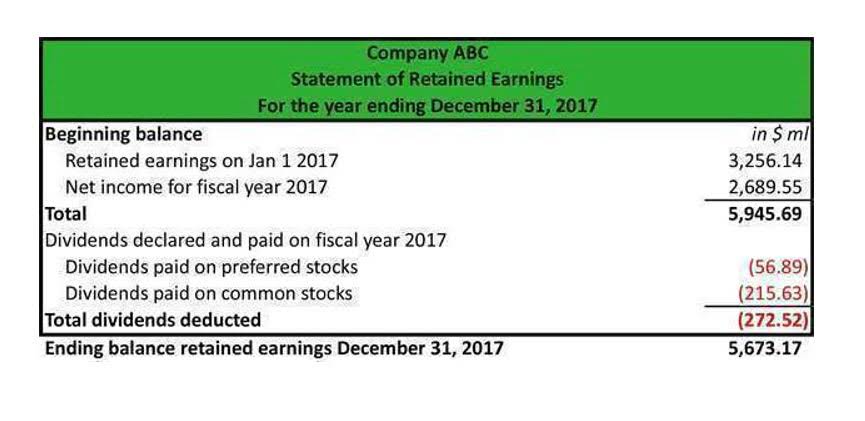
Notes Receivable Definition, Format, and Types

If the maker dishonors the note, the company discounting the note pays to the financial institutions. The accounts receivable is just as valid a claim as are the notes receivable, as well as the interest. In some cases, the note is received in one accounting period and collected in another. There are several types of notes receivable that arise from different economic transactions.
If Anchor used ASPE, there would be a choice between the effective interest method and the straight-line method. Notes receivable are initially recognized at the fair value on the date that the note is legally executed (usually upon signing). Note that some textbooks use 360 days in a year, and some textbooks use 365 days in a year.
How to Know What to Debit and What to Credit in Accounting
It is not unusual for a company to have both a Notes Receivable and a Notes Payable account on their statement of financial position. Notes Payable is a liability as it records the value a business owes in promissory notes. Notes Receivable are an asset as they record the value that a business is owed in promissory notes. A closely related topic is that of accounts receivable vs. accounts payable. Notes receivable can convert to accounts receivable, as illustrated, but accounts receivable can also convert to notes receivable. The transition from accounts receivable to notes receivable can occur when a customer misses a payment on a short-term credit line for products or services.

Upon approval, the $7,000 is deposited into the business’s checking account the next day and then Square charges 9% of the business’s credit card sales each day until the $7,910 is fully paid. Square says that the advantage of this percentage-of-sales method is that the business does not have to make large payments when business is slow. The percentage that Square charges stays constant until the loan is paid off fully. Sometimes a company receives a note when it sells high-priced merchandise; more often, a note results from the conversion of an overdue account receivable. When a customer does not pay an account receivable that is due, the company may insist that the customer gives a note in place of the account receivable. This action allows the customer more time to pay the balance due, and the company earns interest on the balance until paid.
Notes Receivable Defined: What It Is & Examples
The amount loaned to the employee invariably will be higher than the present value using the market rate because the loan is intended as a reward or incentive. This difference would be deemed as additional compensation and recorded as Compensation expense. The principal amount is paid back in a series of scheduled payments over the course of one year or less. Notes receivable can be secured or unsecured, depending on the borrower’s credit history. After 60 days of non-payment, notes payable are issued to MPC by RSP Co. for USD60,000 at an interest rate of 10% per annum and with a payment of USD20,000 due at the end of each of the next 90 days.
Also, the company may be able to sell the note to a bank or other financial institution. To record a note receivable, you will need to debit the cash notes receivable account and credit the notes receivable account. Other notes receivable result from cash loans to employees, stockholders, customers, or others.
What Are Notes Receivable?
Start with a free account to explore 20+ always-free courses and hundreds of finance templates and cheat sheets. Now the note has been completely discharged, MPC has recorded an interest income of USD987. The articles and research support materials available on this site are educational and are not intended to be investment or tax advice. All such information is provided solely for convenience purposes only and all users thereof should be guided accordingly.
No interest receivable account is used when the note carries compound interest, because in that case the carrying amount of notes receivable is increased by debiting it, as seen above. When interest is due at the end of the note (24 months), the company may record the collection of the loan principal and the accumulated interest. The first set of entries show collection of principal, followed by collection of the interest. The principal part of a note receivable that is expected to be collected within one year of the balance sheet date is reported in the current asset section of the lender’s balance sheet. The remaining principal of the note receivable is reported in the noncurrent asset section entitled Investments.
Principal
Essentially, in all these situations, the company that owns the receivable either sells it to the bank (or another lender) or borrows against it to obtain immediate cash. Subsequently, if the accounts receivable prove uncollectible, the amount should be written off against the Allowances account. For example, assume that https://www.bookstime.com/ the Bullock Company has received a 3-month, 18% note for $5,000 dated 1 November 2019 in exchange for cash. The firm’s year-end is 31 December, and the note will mature on 31 January 2020. In some cases, the term of the note is expressed in days, and the exact number of days should be used in the interest computation.
- If significant, these nontrade receivables are usually listed in separate categories on the balance sheet because each type of nontrade receivable has distinct risk factors and liquidity characteristics.
- The interest rate is the part of a loan charged to the borrower, expressed as an annual percentage of the outstanding loan amount.
- At the maturity date of a note, the maker is responsible for the principal plus interest.
- Also, the company may be able to sell the note to a bank or other financial institution.
- This is consistent with the accounting standards for the subsequent measurement of long-term notes receivable at amortized cost.
